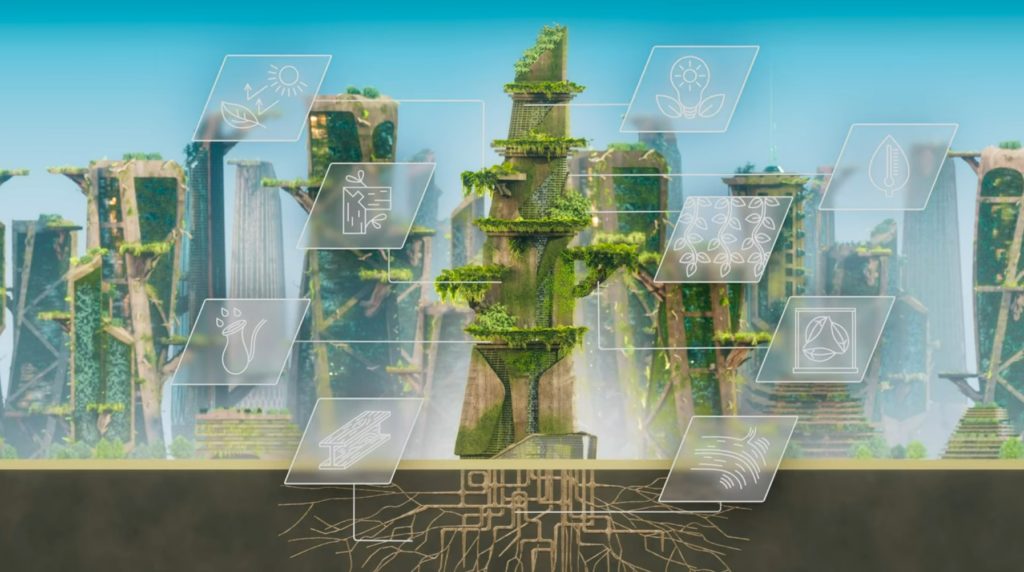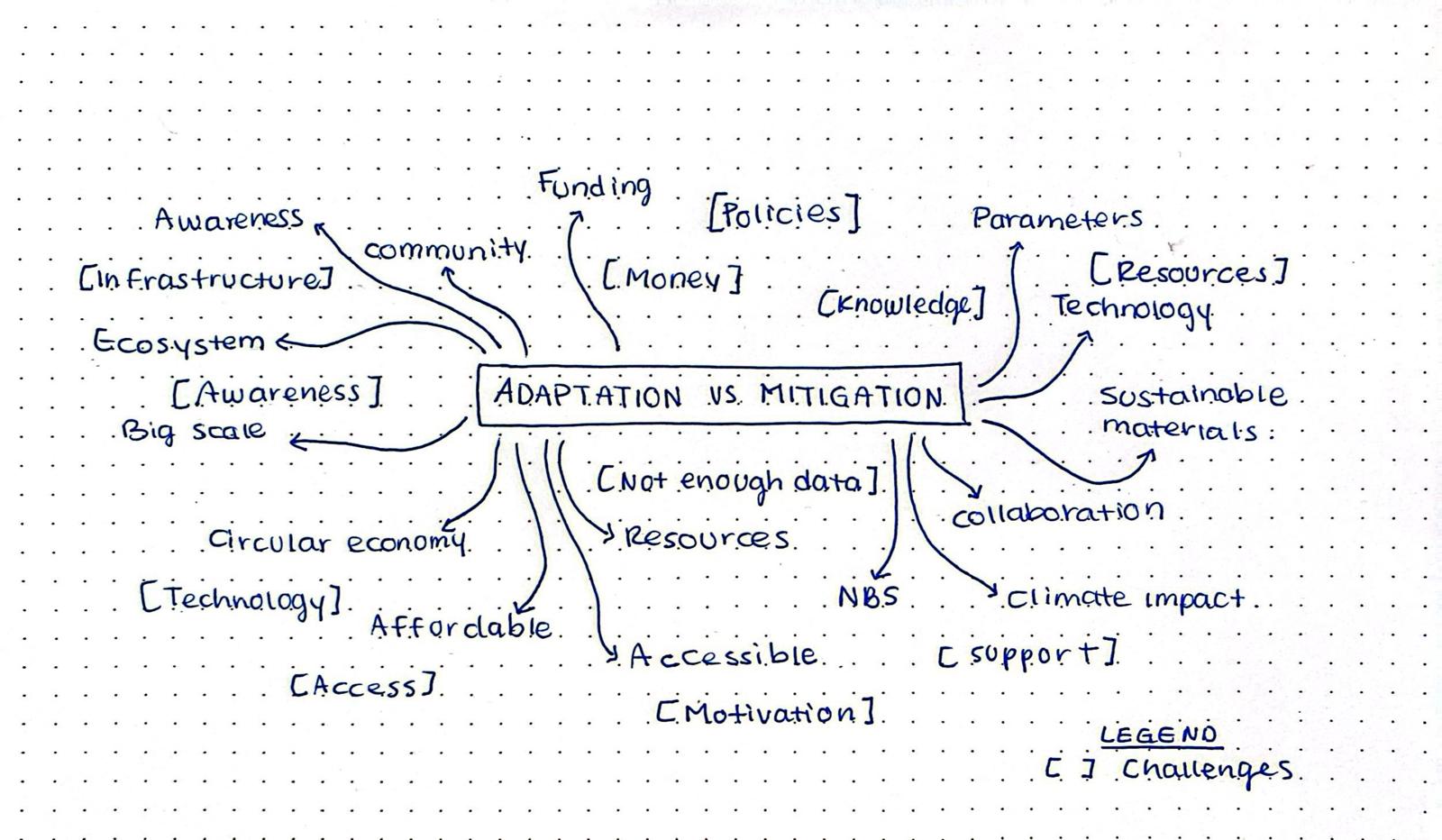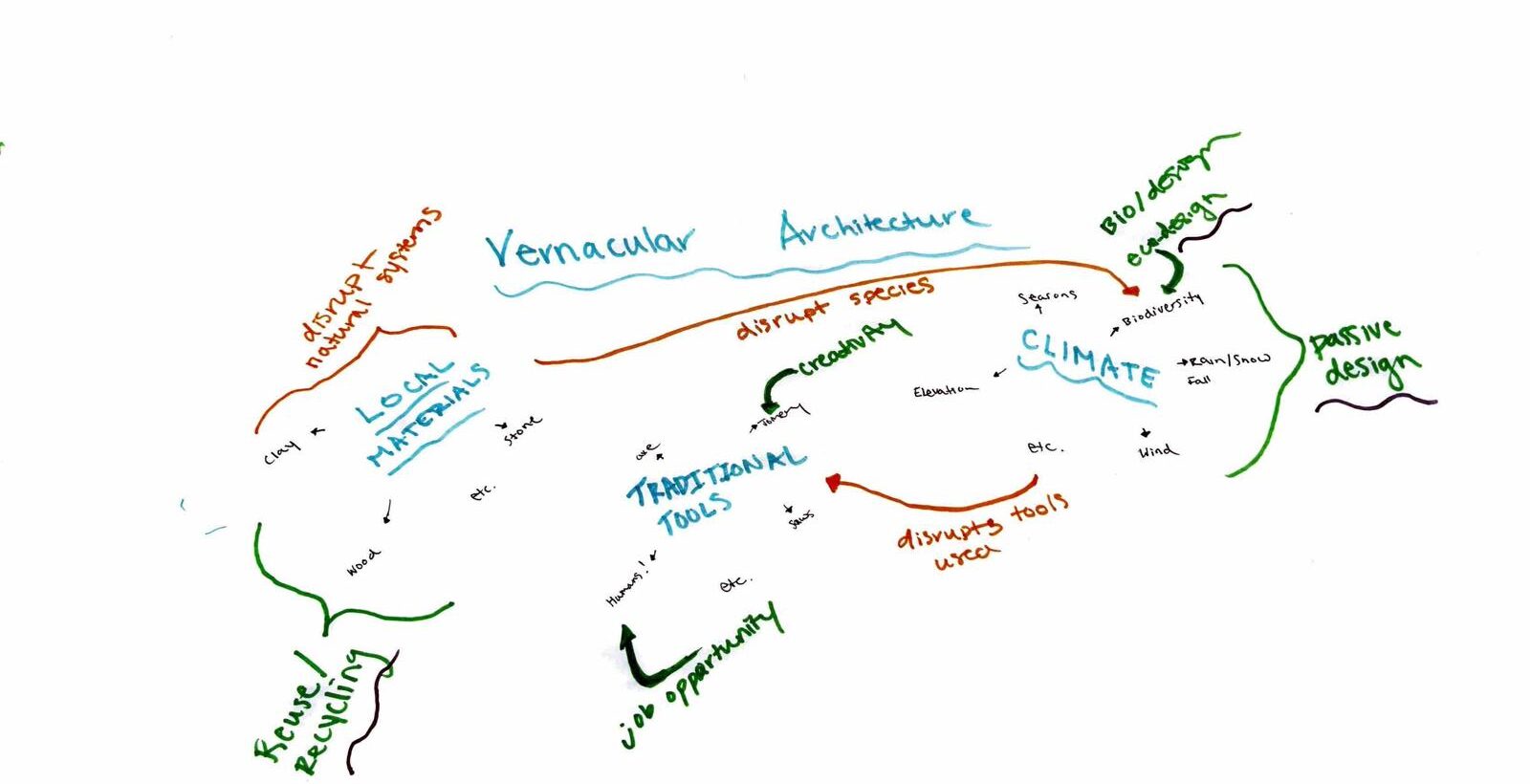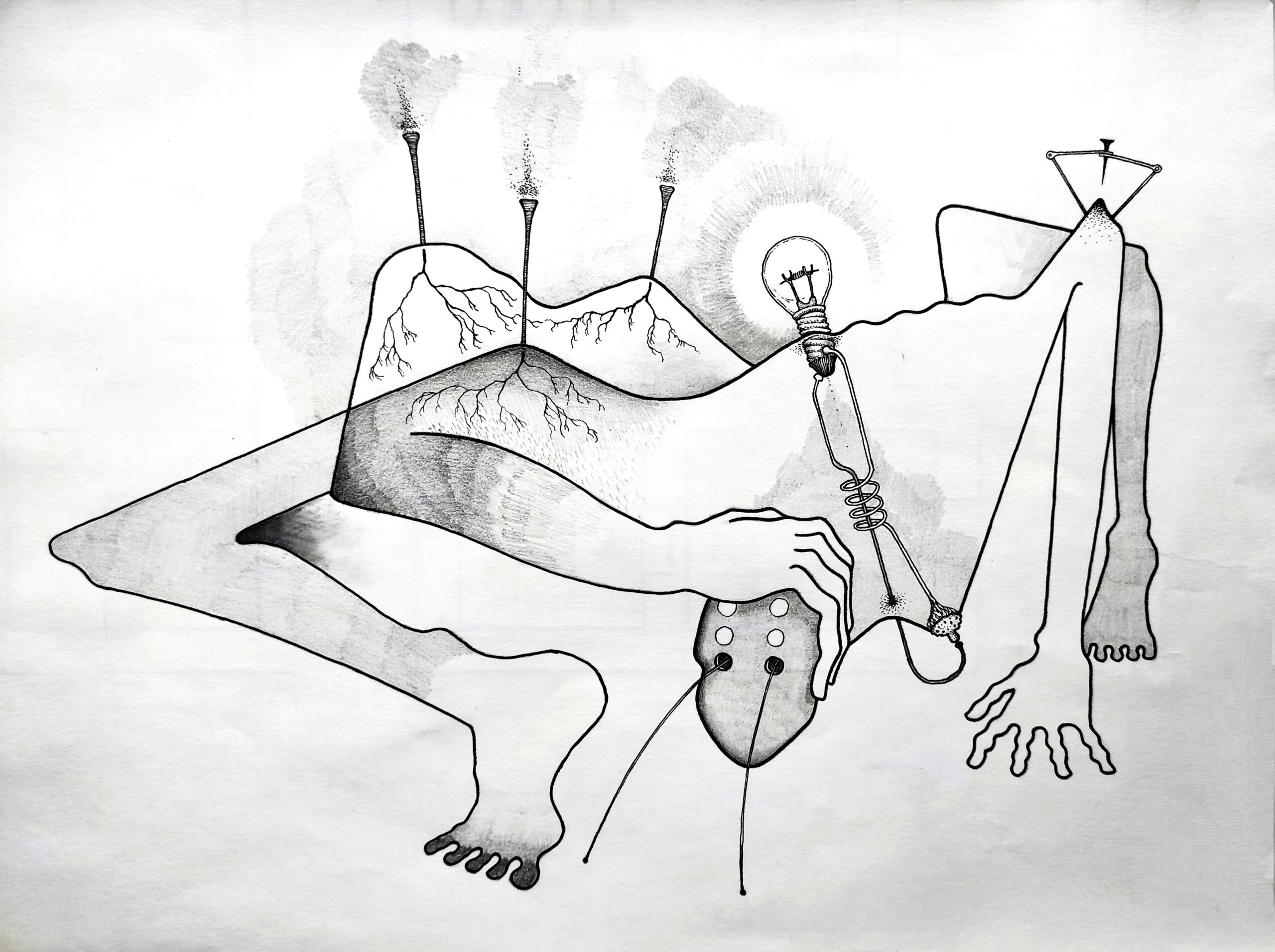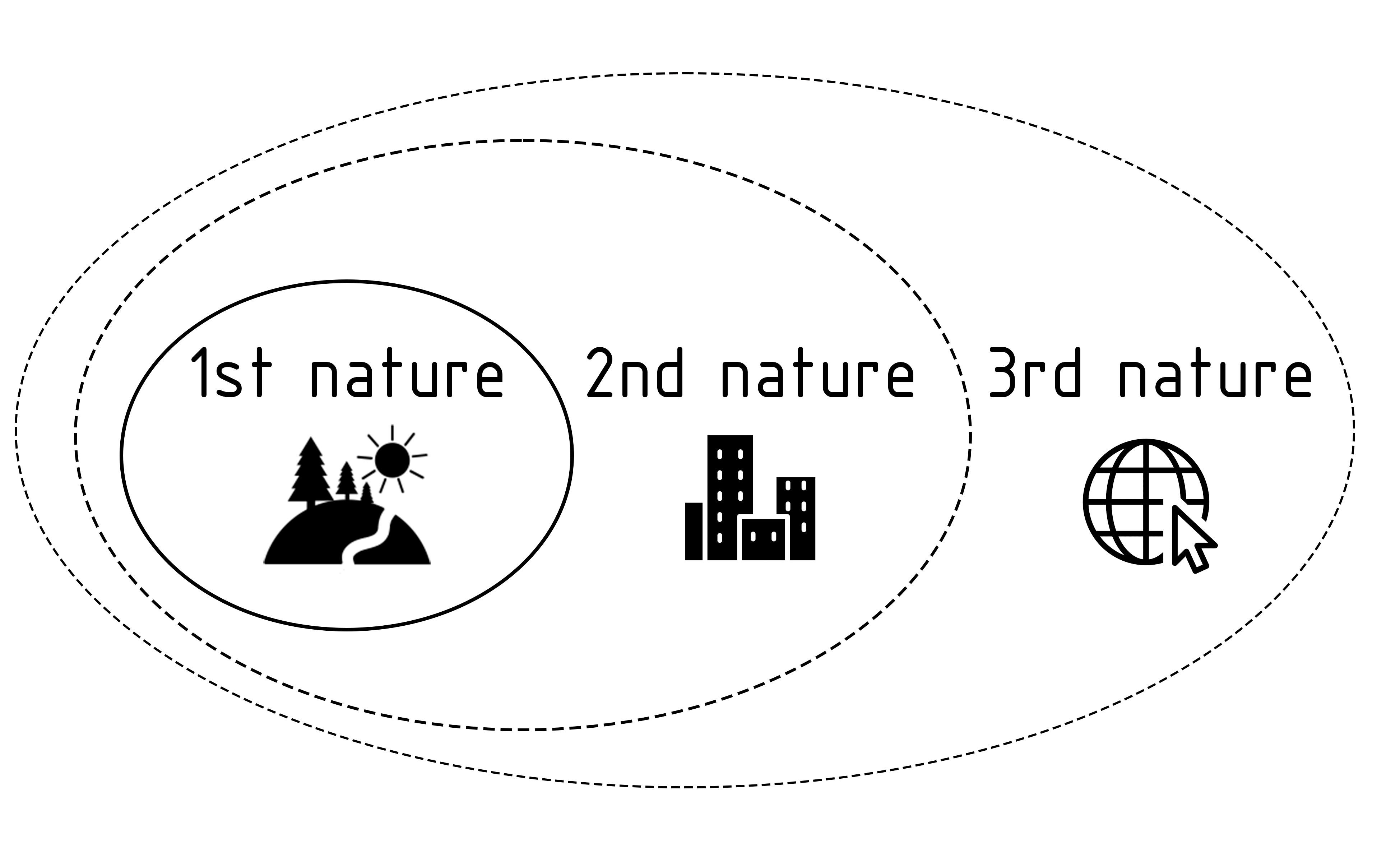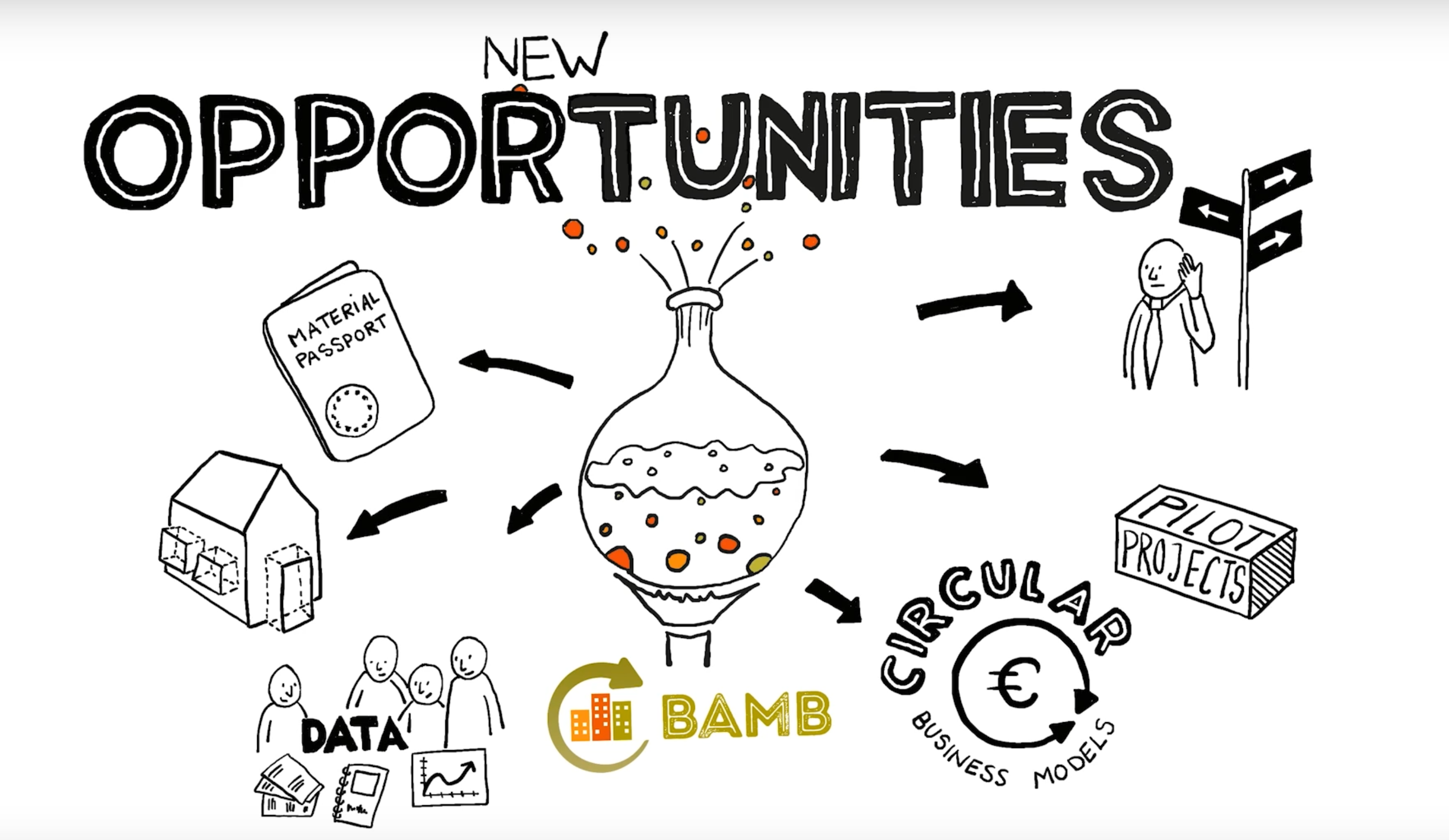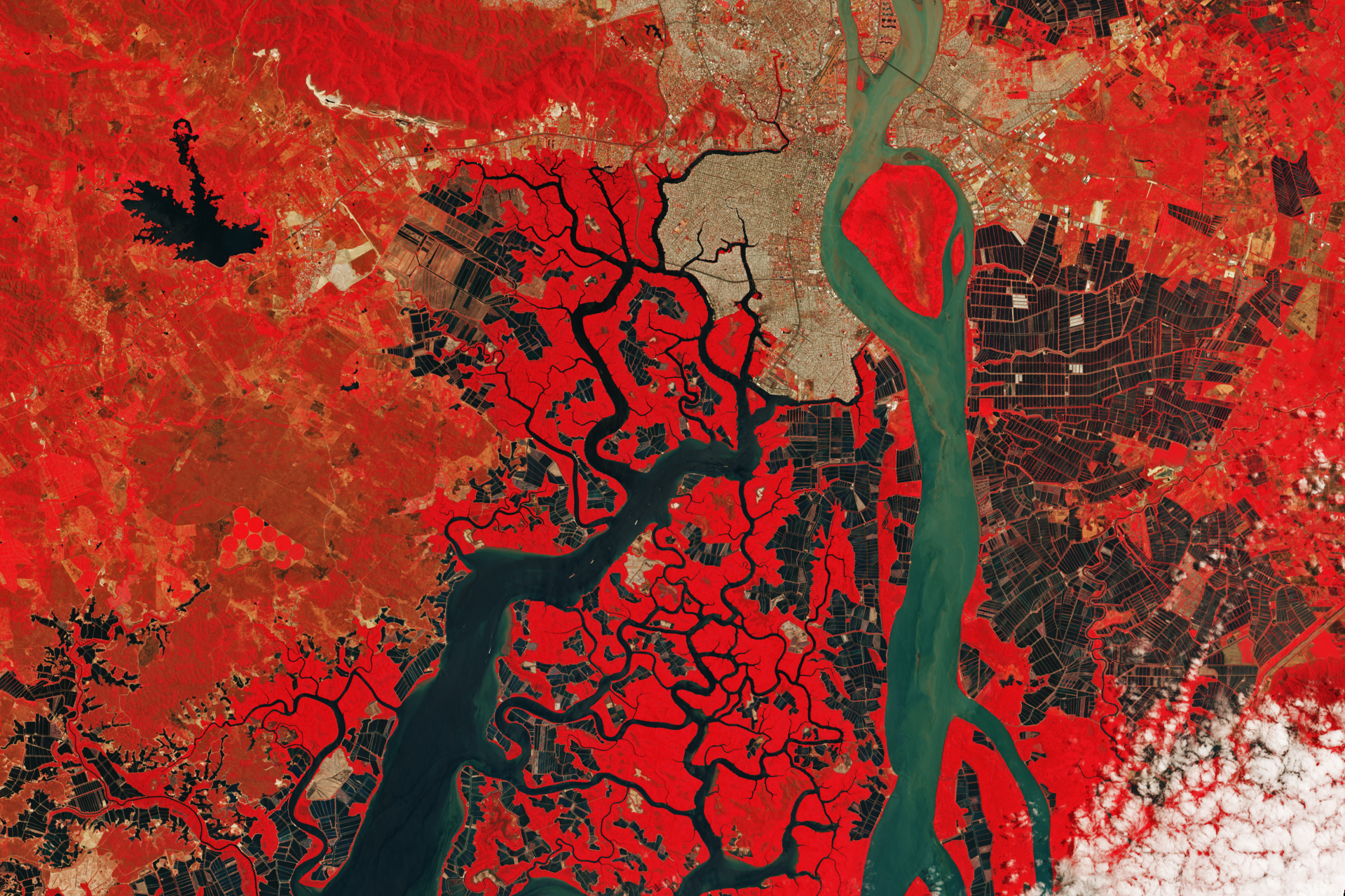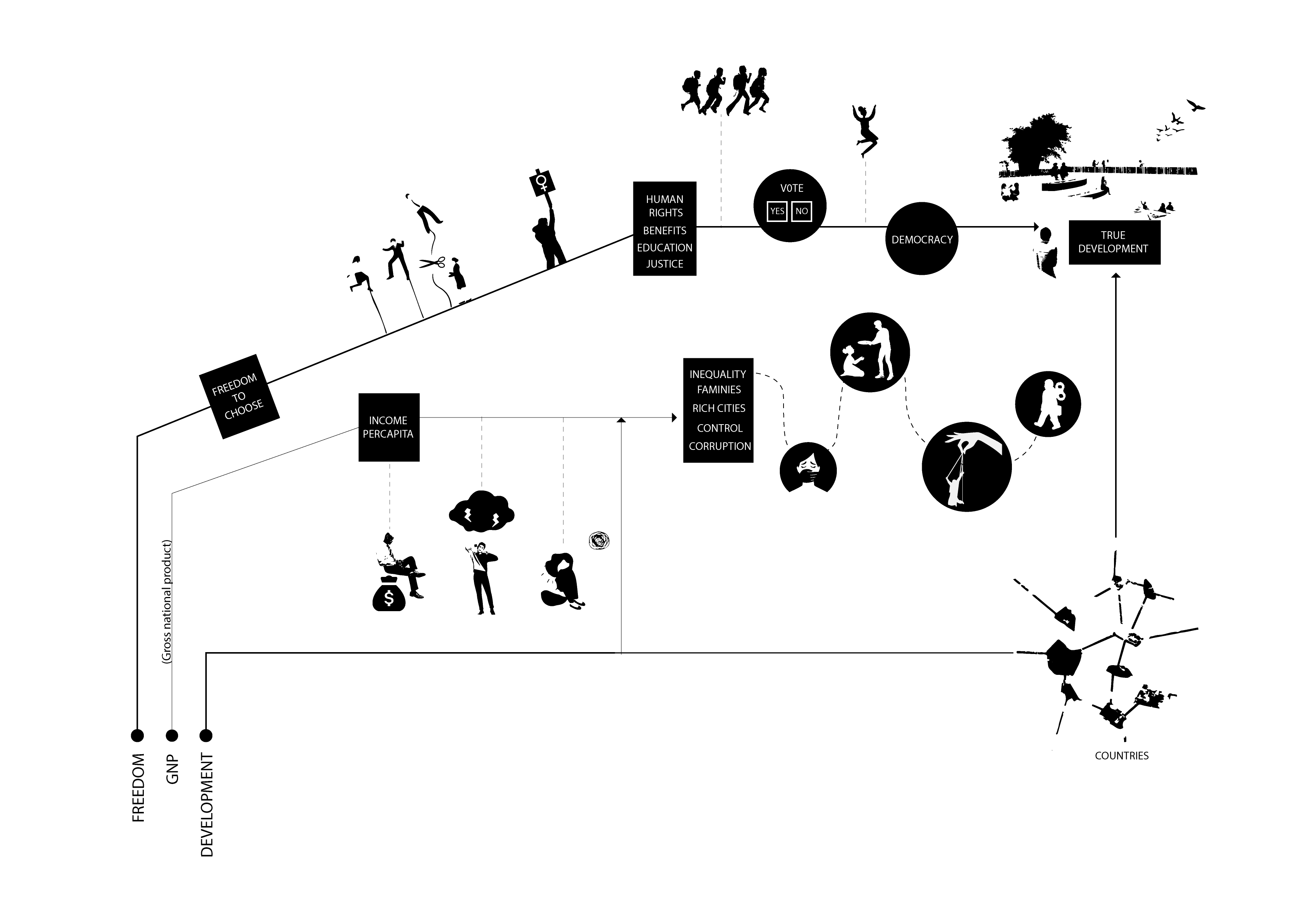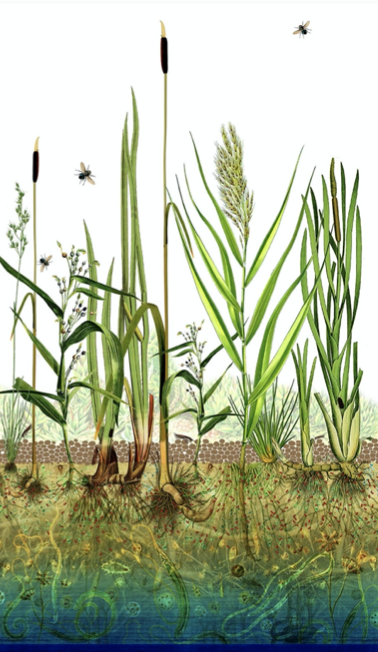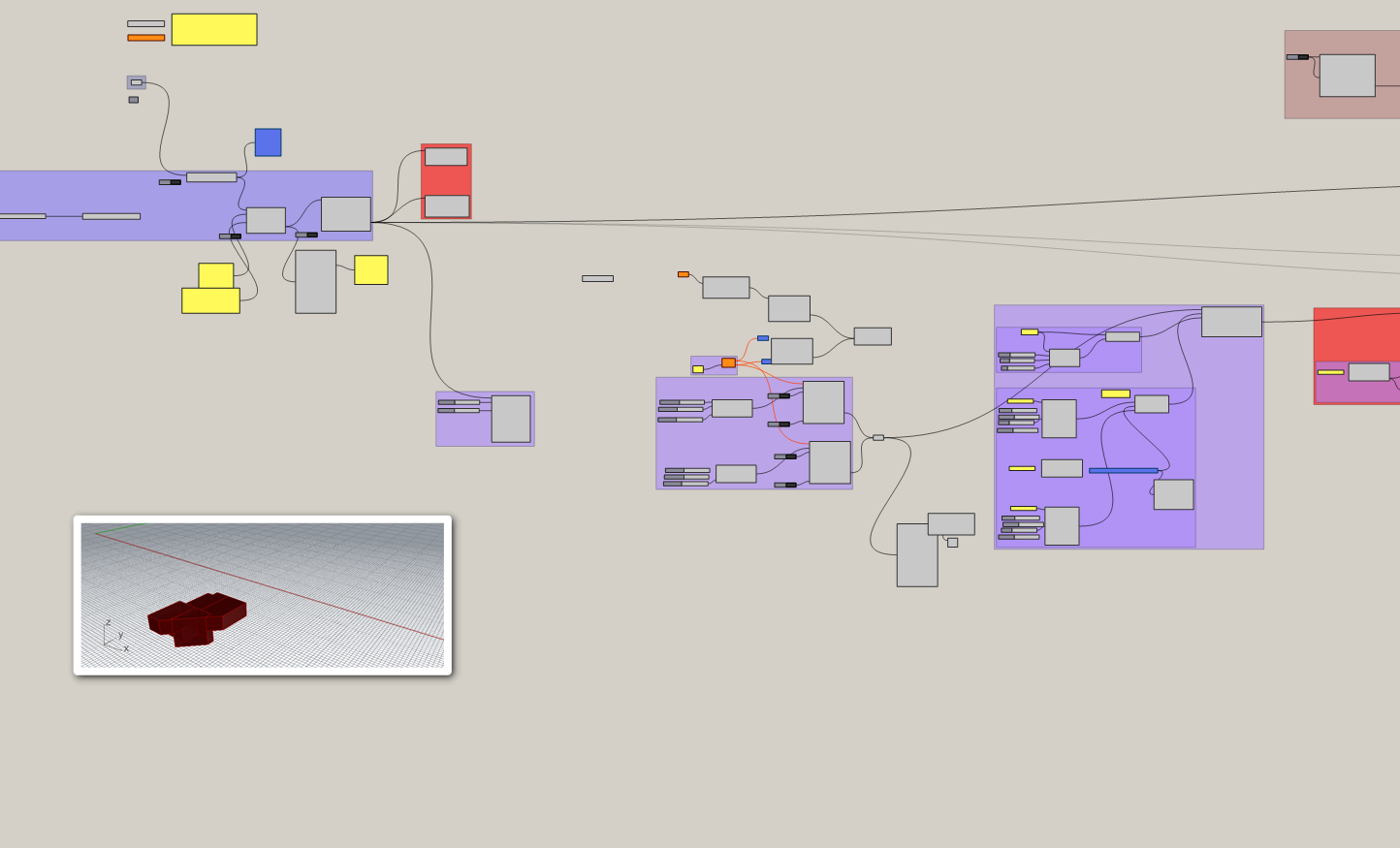Embracing Ecological Intelligence: Reconciling Anthropocentrism and Ecological Imperatives in Design
The exigency of the Anthropocene compels a fundamental reassessment of design paradigms. Traditional anthropocentric approaches, which prioritize human needs often to the detriment of ecological integrity, have precipitated a confluence of environmental crises. This discourse will explore the concept of Ecological Intelligence, a framework that necessitates a departure from human-centered design, advocating for a holistic … Read more


